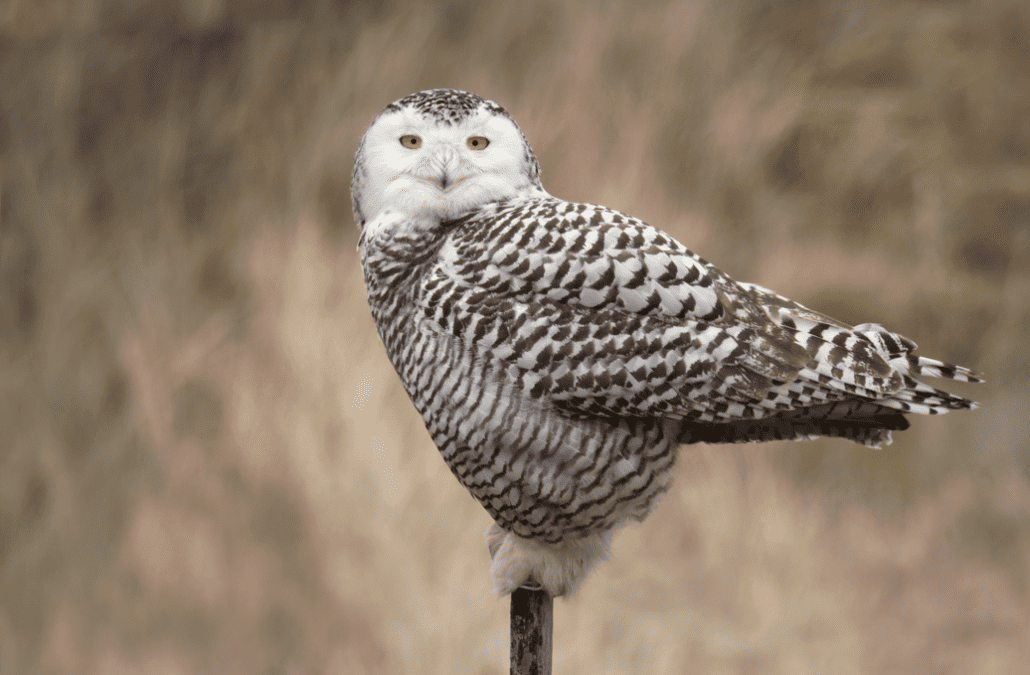The winters of 2013-2014 and 2017-2018 were “irruption” years for snowy owls, when abundant food during nesting season yielded more eggs per nest. As winter came, the huge population of snowies dispersed the Far North breeding territory to more southerly locales. That happens every winter, but when the spring has been particularly fecund, snowies are spotted more frequently and farther south. Such irruptions happen every four years or so, and when they do, snowy owls can turn up far south of their usual winter haunts.
The past couple winters proved to be typical years for snowy owls in the Lower 48. Lots of snowies turned up along the northern Great Lakes, in the Great Plains states, along the St. Lawrence Seaway, and coastal New England, but relatively few farther south.
What will this winter hold? Here’s a list of sightings reported to eBird in the past week, and if you log in with your eBird account, you can view a live map showing this winter’s snowy owl occurrences in the U.S. and southern Canada since November 1. Zoom in to determine specific locations.
And remember: You can always go out and try to find a snowy owl yourself! These birds favor treeless habitats that resemble their Arctic tundra home: grasslands, coastal dunes, and other large, open expanses. Watch for them perched atop fence posts or sitting directly on the ground.
Bird Watcher’s Digest wants to remind all observers to please keep a respectful distance between yourself and any owls encountered in the field. By the time these birds reach the lower 48, they are exhausted and hungry. They do not need the added stress of close human interaction. In many cases, a spotting scope will be required to view and/or photograph the birds. Please enjoy snowy owls from a distance.
To learn more about snowy owl migration, check out Project SNOWstorm, a conservation effort co-founded by BWD columnist Scott Weidensaul.





Snowy Owl seen today (12-2-17) in Oak Harbor Ohio on Benton Carroll Road. Owl flew off heading sweet.
Heading south west